More and more people are using electric bikes. To ride them well, you need a good charger. A good charger will make your ride smooth and easy. Your electric bike will work better, last longer, and be more dependable if you pick the right charger. The charger is very important for your bike’s battery. Electric bikes are good for the environment. They are a better way to travel than other vehicles. You need the best charger to use them well. The charger is not just something nice to have, but something you must have.
Importance of a Suitable Best Charger for Electric Bikes
The importance of a suitable charger for electric bikes cannot be overstated. The charger keeps your electric bike alive. It fills up the battery with power. If you use the right charger for your device, it will charge faster and better. It will also keep your battery in good condition for a long time. If you use a bad or wrong charger for your bike, it will not charge well. It can also hurt your battery and make your bike run worse.
Moreover, the right charger contributes significantly to the convenience of electric bike ownership. You can charge your bike quickly and easily with a good charger. It is small and simple to use. You don’t have to wait long to ride your bike again. Enhance your enjoyment while riding your bike.
Factors to Consider when Selecting a Charger
You need to think about some important things when you choose a good charger for your bike. You need to use the right kind of battery and charger. They should have the same numbers for how much power they can hold and use. This will make the battery charge faster and last longer. You also need to think about how fast the battery can charge, how easy it is to carry, and if it fits your bike. These things are very important.
Some chargers are better than others because they can do more things. For example, they can adjust the power level, keep the battery cool, and save electricity. These things are very important. These things make the battery charge better and also help the battery last longer and work well.
Types of Electric Bike Chargers
Standard Chargers
Features and Specifications
Voltage Typically 110V or 220V AC input.
Output Power Ranges from 36V to 72V DC, depending on the electric bike model.
Charging Time Takes several hours to charge the electric bike battery fully.
Basic LED indicators Represent charging status (charging, fully charged, etc.).
Compact and lightweight design for portability.
Standard safety features such as overcharge protection.
Compatibility with Different Electric Bike Models
Regular chargers are designed with commonly used voltage values. They are intended to suit a variety of electric bike models.
Manufacturers provide specific connectors or adapters for different electric bike models.
Compatibility is often mentioned in the product specifications to guide users.
Fast Chargers
Advantages of Fast Charging
Reduced Charging Time You can charge your electric bike very quickly with a fast charger. It can fill up most or all of the battery in much less time than a normal charger.
Convenience If you are going somewhere nearby or you don’t have much time to wait, a fast charger is good for you.
Emergency Charging A fast charger can help you get to where you want to go by filling up your battery a little bit.
Considerations for Fast Charging
Battery Heat When you charge your phone quickly, it can get very hot. Too much heat can make your battery last for a shorter time. Chargers may incorporate cooling mechanisms to address this.
Battery Compatibility If you charge your electric bike quickly. But it may not work well. You should check if your battery can handle fast charging.
Cost Some chargers are faster than others, but they also cost more money. People should think about what kind of charger they need and how much they can spend.
Smart Chargers
Benefits of Smart Charging Technology
Battery Management It monitors the battery charging process to optimize performance and longevity. Additionally, it manages the charging process for optimal efficiency.
Adaptive Charging Changes how fast it charges depending on the battery. How hot it is, and other things to avoid too much charge and heat.
Connectivity Some chargers can connect to your phone with Bluetooth or Wi-Fi. This lets you see and change how the charger works with an app on your phone.
How Smart Chargers Enhance Battery Life
Balanced Charging Smart chargers charge each part of the battery. In the same way, so they don’t have different levels of charge that can make the battery worse.
Temperature Control Keeps an eye on how hot the battery gets. when it charges and changes it to stop it from getting too hot, which can make the battery worse.
Depth of Discharge (DoD) Management: This helps your battery last longer by not using it up too much.
Maintenance Charging Some chargers help your battery by adding some power. when you are not using it for a long time.
Charging Speed and Capacity
Understanding Charging Speed
How fast an electric bike can charge is very important. Because it affects how long you have to wait for the battery to be full again. How fast you can charge your electric bike depends on two things. How powerful your charger is and how well it works with your bike. We use kilowatts (kW) to measure charging speed. Some chargers are stronger than others and not all electric bikes can charge at the same speed.
Standard Charging Your electric bike usually has a normal charger that can charge it at about 1-2 kW.
This is suitable for overnight charging when time is not a critical factor.
Fast Charging Some electric bikes can charge faster than others. They can take more power from the charger, usually between 3 kW and 10 kW. When you use fast chargers, your car battery fills up faster. This is good if you need to charge your car quickly during the day.
Rapid Charging Some chargers are very strong and can charge your car very fast. You can find them at special places where many cars can charge at the same time. They can charge your car faster than 10,000 watts. These chargers are good for short breaks and can make your car ready faster when you travel far.
Capacity Considerations for Different Battery Types
Electric bikes use various types of batteries, each with its own charging characteristics. The most common types include:
Lithium-Ion (Li-ion): Electric bikes need a lot of power, but they don’t want to be too heavy. That’s why they use Li-ion batteries. You can charge them quickly and they are often used in electric bikes that can charge fast.
Nickel-Metal Hydride (NiMH): Some electric bikes still use NiMH batteries. But they are not very popular now. They have moderate energy density and can tolerate standard charging speeds.
Lead-Acid: Some old electric bikes have lead-acid batteries. They are big and heavy and do not last long. Charging speed for lead-acid batteries is generally slower compared to other types.
Different batteries need different chargers. If you use the right charger for your battery, it will charge faster and last longer.
Impact of Charging Speed on Battery Health
How fast you charge your electric bike’s battery can make it work better or worse, and last longer or shorter. Lithium-ion batteries can handle fast charging better than other batteries. But if they get too hot while charging quickly, they can wear out faster. Here are some considerations:
Heat Generation Fast charging generates more heat, negatively impacting battery health. It’s essential to monitor the battery temperature during fast charging to prevent overheating.
Battery Management Systems (BMS) Electric bikes have smart systems. That controls how the battery charges and uses power making sure the battery is safe and works well.
Regular Charging vs. Fast Charging Sometimes, you can charge your phone quickly and it is okay. But if you always charge your phone quickly, your phone battery may not last as long. It is good for your phone battery if you charge it slowly most of the time.
Portability and Design
Compact Chargers for On-the-Go Charging
When you make chargers for electric bikes, you want them to be easy to carry. This way, you can charge your bike anywhere you go. People need small chargers to charge bikes on trips. Small chargers are good for bikes. You can put them in bags easily.
Some small chargers can fold, pull back, and protect their parts so they don’t break when you travel with them. The chargers can also work with different kinds of electricity. You can use them with many things like walls, cars, or small batteries.
Wall-Mounted Chargers for Convenience
Some people like to charge their electric bikes at home or in special places. They can use chargers that stick to the wall. This is easy and does not take up much space. The chargers should be easy to install. They should have good directions and brackets that can fit well.
A smart thing to do is to make the chargers have a place to store the cable. This way, the cable can be tidy and not bother anyone when it is not charging. Some chargers that you can stick on the wall have lights that show you how much your device is charged. This makes it easy for you to see when it is done.
Ergonomic Designs and User-Friendly Interfaces
Ergonomics plays a crucial role in the user experience of electric bike chargers. Chargers should be easy to use for everyone. Designers should make them with clear signs and buttons. Big screens with simple pictures can make using devices more fun. They can show you how much power you have, how fast it is charging, and if there is a problem.
Make sure the physical design is good, so you can plug and unplug things easily and quickly. You need to add overcharge protection and temperature control to your charger. They will keep your battery safe and prevent it from getting too hot or full.
Safety Features
You have to be careful with any device that uses electricity. But especially with chargers for electric bikes. They need things to protect them from fire and other dangers. Here are some safety features commonly found in such chargers
Overcharge Protection
Voltage Monitoring The charger has a special feature that keeps an eye on how much power the battery has. The charger knows when the battery is full, and then it lowers. Or stop the flow of electricity to avoid damaging the battery.
Auto-Cutoff Feature The charger knows when the battery is full and stops giving it more power. This keeps the battery from getting hurt and makes it last longer.
Smart Charging Technology Some chargers can talk to the device. That is controls the battery of the e-bike. This communication allows for precise control over the charging process, preventing overcharging.
Short Circuit Protection
Fuse or Circuit Breaker The charger has a safety device that stops the electricity flow. In case there is an issue with the wires. This prevents the charger and the e-bike’s battery from getting hurt by too much electricity at once.
Isolation Mechanism The charger has special parts. They keep the wires from touching each other and causing problems. The charger has parts that protect it. They stop the wires from touching and making trouble. This way, the charger and the bike are safe even if something goes wrong with the electricity.
Fault Detection System Before the bike is fully charged. Some chargers can find out if there is a problem with the electricity. The charger stops working by itself if the electricity is bad. This keeps the charger and the bike from getting hurt.
Temperature Control Mechanisms
Temperature Sensors When the battery is charging. The charger has special devices that measure how hot it and the battery get. The charger can make the battery charge slower or stop charging if it gets too hot. This keeps the charger and the battery safe.
Thermal Management Some chargers have special parts. That helps them stay cool, like metal blocks or small fans, that get rid of the heat that comes from charging. This keeps the charger and the battery from getting too hot when they are working.
Temperature-Dependent Charging Some advanced chargers adjust the charging rate based on the temperature. For example, they may slow down charging in high-temperature conditions to prevent overheating.
Compatibility and Connectivity
Compatibility with various electric bike brands and models
When it comes to chargers for electric bikes, compatibility is a crucial factor. Different electric bike brands and models may have varying voltage and amperage requirements. A charger that is compatible with one electric bike may not work optimally with another. The people who make the bikes tell you how to charge them in a book. They say how much power and electricity you need for your bikes.
Some chargers can change how much power they give to your bike. This helps them work with different kinds of bikes. They can also have more than one way to connect to your bike. You should always check that the charger is right for your bike. The people who make the bikes tell you what kind of charger you need in a book. If you use the wrong charger, you can hurt your battery or other parts of your bike.
Types of connectors and their importance
Connectors are very important when you charge your bike. They make sure the charger and the battery can talk to each other well. Different electric bikes need different plugs to charge. Some plugs work only for certain bikes.
Common connector types include
Anderson Connectors These are robust and widely used in the electric bike industry. They provide a secure connection and are known for their durability.
XLR Connectors XLR plugs are small and good for little electric bikes. They are not hard to use. Different pins have different shapes. you need to match them correctly to connect them.
Coaxial Connectors Barrel connectors are a type of plug. You see them a lot in e-bike chargers. They are simple and easy to connect, with a center pin for positive voltage and an outer shell for negative.
USB Connectors Some e-bikes have USB ports for extra things. Some chargers can use USB plugs for more options.
You need to pick the right plug to charge your device safely and quickly. Adapters may be available for users who need to switch between connector types.
Wireless charging options
You can charge your electric bike without a wire. This is a new and easy way to do it. You don’t need wires or plugs to charge this way, but not many people use it. You put your bike in a special place that talks to it and charges it without wires.
Advantages of wireless charging for electric bikes include
Convenience You can charge your bike easily. Just put it on a pad. No wires are needed.
Reduced Wear and Tear No wires means less damage. The bike and the charger last longer.
Weather Resistance Wireless chargers are good for the outside. They don’t get wet or broken easily.
User Reviews and Recommendations
User Reviews and Recommendations for Electric Bike Chargers
Importance of User Feedback
User feedback plays a crucial role in the electric bike charger market. You can buy a good charger. See what other people say. Pick the one that works for you. People say how good, fast, strong, and fit electric bikes are. It also tells you about any problems or benefits that you may not see from what the products say.
Popular Chargers in the Market
EcoCharge Pro-X Series
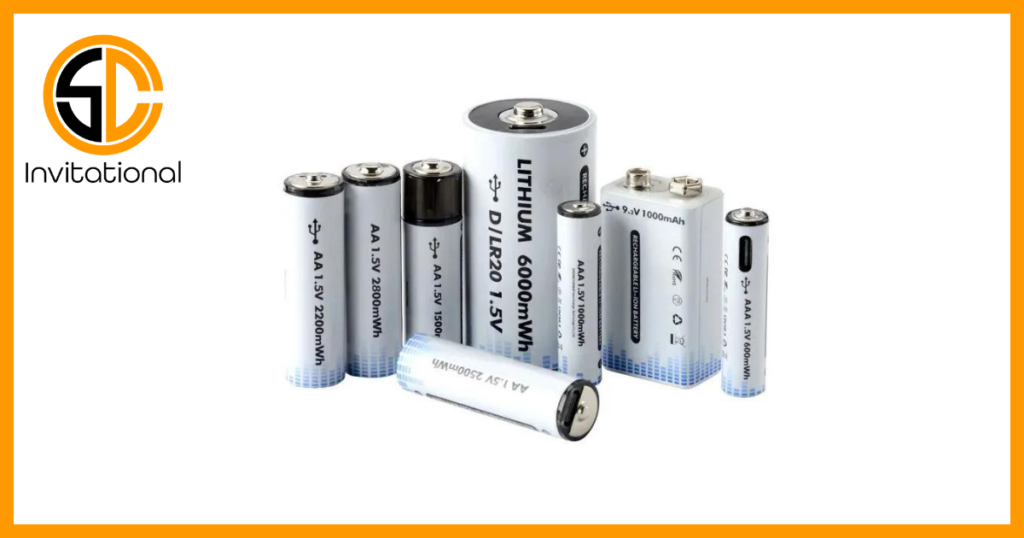
Pros Rapid charging, durable build, wide compatibility with various electric bike models.
Cons Slightly bulkier compared to other options.
SwiftCharge UltraSlim 5000

Pros Sleek design, lightweight, fast-charging capabilities.
Cons Limited compatibility with certain electric bike brands.
PowerPulse MaxCharge 2.0
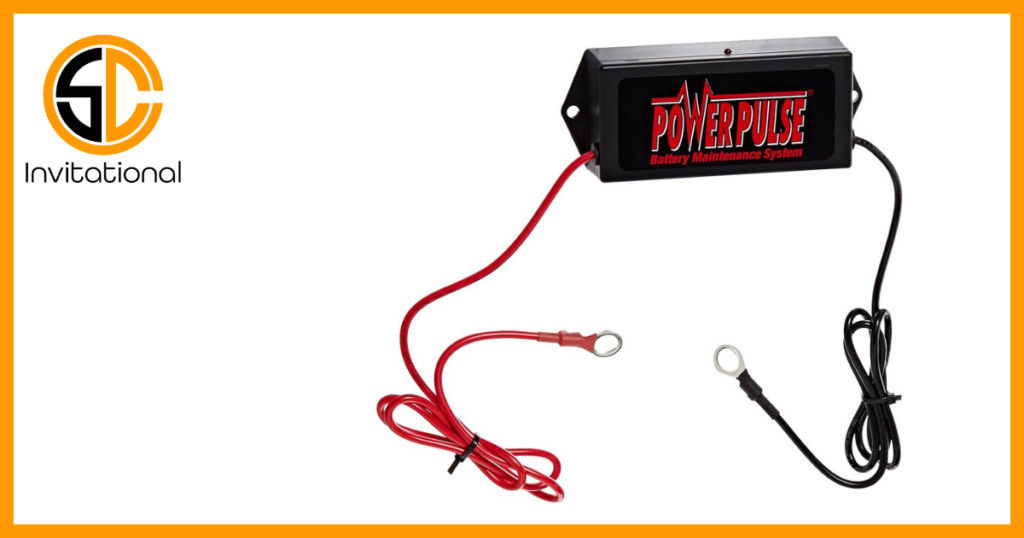
Pros Versatile charging options, LED indicators, compact design.
Cons Some users reported issues with longevity.
TurboJuice FastCharge Pro
Pros Quick charging, durable construction, multiple safety features.
Cons Relatively higher price point.
ChargeMaster SmartCycle 3000
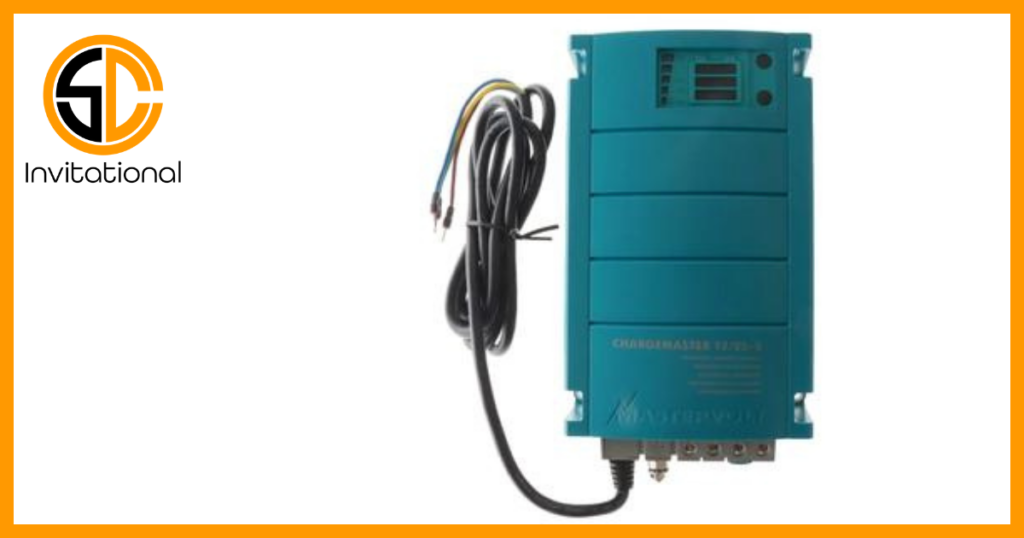
Pros Smart charging technology, customizable settings, portable.
Cons Some users experienced compatibility issues with older electric bike models.
Real-World Experiences with Different Chargers
EcoCharge Pro-X Series

User Review “I’ve been using the EcoCharge Pro-X for six months now, and it’s a game-changer. I get a full charge in half the time compared to my previous charger. The only drawback is its size, but the speed makes up for it.”
S
wiftCharge UltraSlim 5000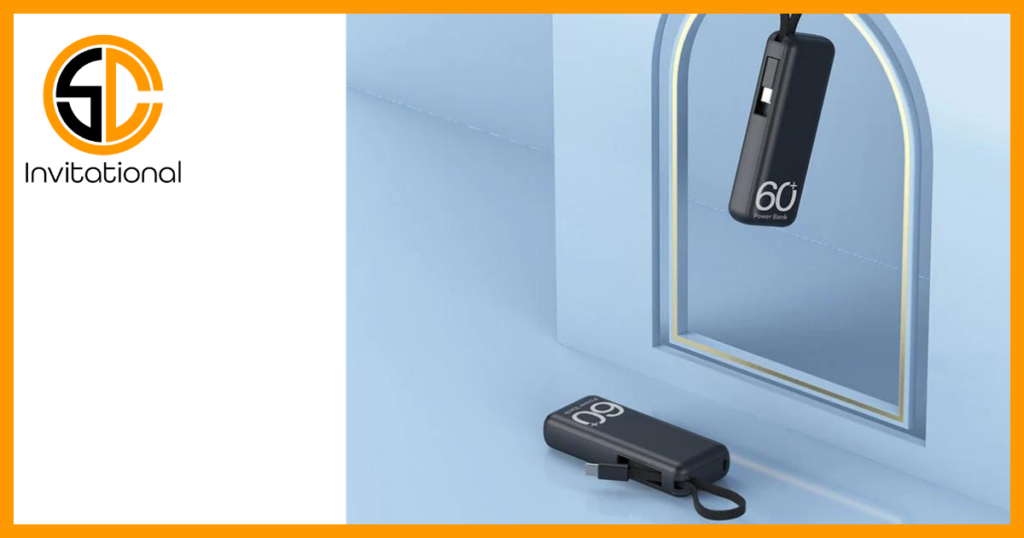
User Review “The UltraSlim is perfect for commuters. It’s lightweight, fits easily in my backpack, and charges my bike swiftly. However, it’s worth checking compatibility; it didn’t work with my friend’s electric bike.”
PowerPulse MaxCharge 2.0
User Review “Initially impressed with the MaxCharge, but after a year, it started acting up. The charging speed slowed, and eventually, it stopped working. It is not as durable as I had accepted.
TurboJuice FastCharge Pro
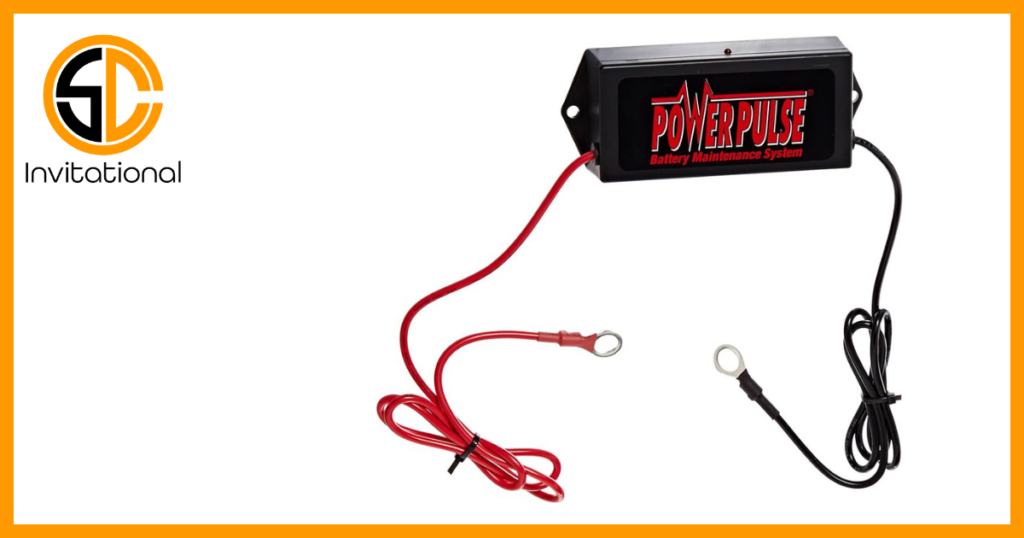
User Review “The FastCharge Pro is worth the investment. It charges my bike quickly, and the build quality is impressive. Yes, it’s a bit pricey, but the reliability and speed make it worthwhile.”
ChargeMaster SmartCycle 3000
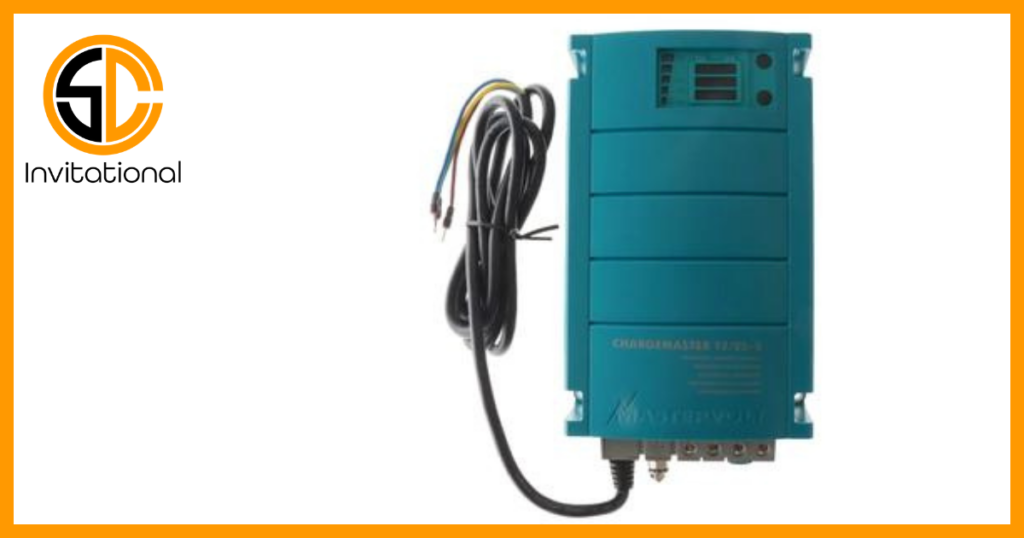
User Review “The SmartCycle 3000 is a smart choice for tech enthusiasts. I love the customizable settings, but be cautious about compatibility. Had issues with my older bike model, but the company’s customer service was helpful.”
Budget Considerations
Range of Charger Prices in the Market
Basic Chargers
Entry-level chargers are typically more affordable, ranging from $20 to $50.
These chargers are not very strong and need more time to fill up your electric bike’s battery.
Mid-Range Chargers
Chargers in the mid-range category usually cost between $50 and $150.
They charge fast and have more things like lights, modes, and sizes.
High-End Chargers
Premium chargers with advanced features can range from $150 to $500 or more.
These chargers can charge quickly, smartly, and with different batteries.
Balancing Cost and Features
Power Output
Think how fast the charger charges your bike’s battery. Higher power output chargers generally cost more but can significantly reduce charging times.
Compatibility
Use a charger that works with your bike’s battery and power. Some chargers are versatile and can be used with different models, providing flexibility.
Portability
A small and light charger is good for your bike trips. While it may come at a higher cost, the value it provides makes it worthwhile.
Smart Charging Features
Some chargers are smart. They can keep the battery cool, safe, and healthy. See if you like these features and if your bike needs them.
Brand Reputation
Consider the reputation of the charger’s manufacturer. Established brands might offer more reliable products, albeit at a higher cost.
Warranty and Support
Find out if the charger has a warranty and how good the company’s service is. If the charger has a warranty for a long time, the company thinks it is a good product.
Long-Term Investment Perspective
Energy Efficiency
You may pay less for electricity if you buy a more expensive charger that uses less power. Evaluate the charger’s energy efficiency to understand its impact on your electricity bills.
Durability
A strong and good charger can help you spend less money later by not breaking often.
Future-Proofing
Think about if the charger can work with new kinds of electric bikes or if it can change with new technology. A charger that works with different devices and does not get outdated quickly. It can save you money and resources in the future.
Resale Value
A good charger can be sold for more money if you get a new or different electric bike later.
Maintenance Tips for Chargers
Cleaning and Storage Recommendations
Keep it Dry
Ensure that the charger is kept in a dry environment to prevent water damage. Moisture can lead to electrical issues and reduce the lifespan of the charger.
Regular Dusting
Dust can accumulate on the charger’s vents and connections, affecting its efficiency. Use a soft brush or compressed air to clean the vents and ports regularly.
Avoid Extreme Temperatures
Store the charger in a cool, dry place. Don’t put it in very hot or very cold places. It won’t work well if you do that.
Store Safely
Keep the charger in a safe place when you don’t need it. Don’t let anything hurt it or step on it.
Handling and Care to Prolong Charger Lifespan
Unplug Properly
Always unplug the charger by gripping the plug, not by pulling the cord. This helps prevent damage to the cord and the plug.
Handle with Care
Avoid dropping the charger or subjecting it to physical stress. The internal components can be sensitive, and rough handling may lead to malfunctions.
Check for Damage
Regularly inspect the charger for any visible damage, frayed wires, or loose connections. If you notice any issues, refrain from using the charger until it’s repaired.
Use the Right Outlet
Use the right charger for your device. The manufacturer tells you what kind of charger you need. Using the wrong power source can damage the charger and compromise safety.
Avoid Overloading
Don’t overload power outlets or power strips. Don’t use an extension cord to charge your device. It can make it too hot and cause problems.
Troubleshooting Common Charging Issues
Check Power Source
Verify that the power outlet is functioning properly. Plug another device into the same outlet to confirm if there’s an issue with the outlet itself.
Inspect Cables and Connections
Examine the charging cable for any visible damage. Make sure that every connection is both secure and free from damage.
Temperature Considerations
Your device’s battery and how it charges can change if it is too hot or too cold. Try to charge your electric bike in moderate temperatures.
Reset the Charger
If the charger has a reset button, use it if you encounter issues. If not, unplug it and then plug it back in to reset.
Refer to the Manual
Consult the user manual for your specific charger and electric bike. It may provide troubleshooting steps and solutions tailored to your model.
Contact Manufacturer Support
If problems persist, contact the manufacturer’s customer support for assistance. They can provide guidance or recommend professional services if needed.
Conclusion
In conclusion, electric bikes have changed a lot over time. Its chargers are very important for this change. As electric bikes have improved a lot, so have their chargers. They have become more creative and useful.
One big change in electric bike chargers is that they charge quicker now. Manufacturers of electric bikes know that riders don’t like to wait too long for charging. So they have made chargers that can charge very fast and are easy to find. This makes riding electric bikes more enjoyable. Also solves some problems about using them every day.
Smart charging makes electric bike chargers smarter. These chargers can adjust how they charge, check on the bikes, and work with phone apps. This makes charging easier and lets users watch and change how they charge.
The standardization of charging connectors is another notable development. More people are buying electric bikes. If they all use the same type of charger, it is easier to switch between different bikes. This makes electric bikes more convenient and popular. This standardization also contributes to the long-term sustainability of electric bike technology.
Also, the chargers are made to be more eco-friendly. Some companies are making better chargers with green stuff and new power. This aligns with the broader industry trend of promoting eco-friendly transportation options.
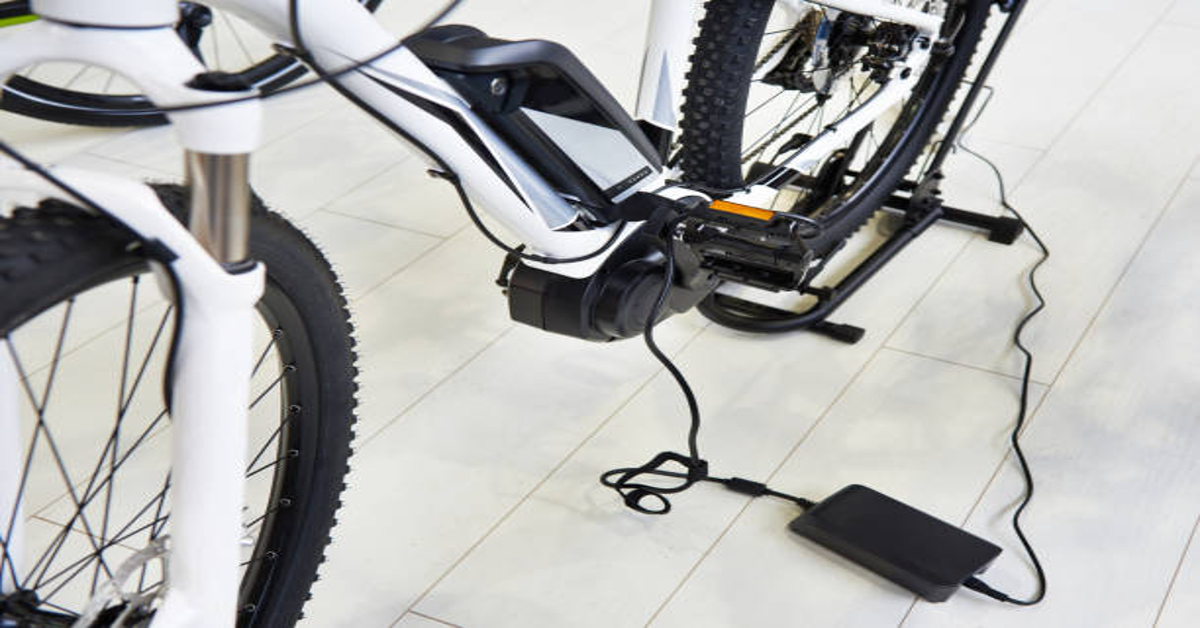
2 thoughts on “The Best Charger for Electric Bikes”